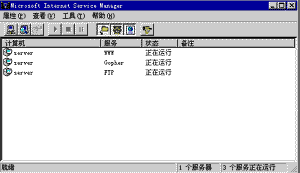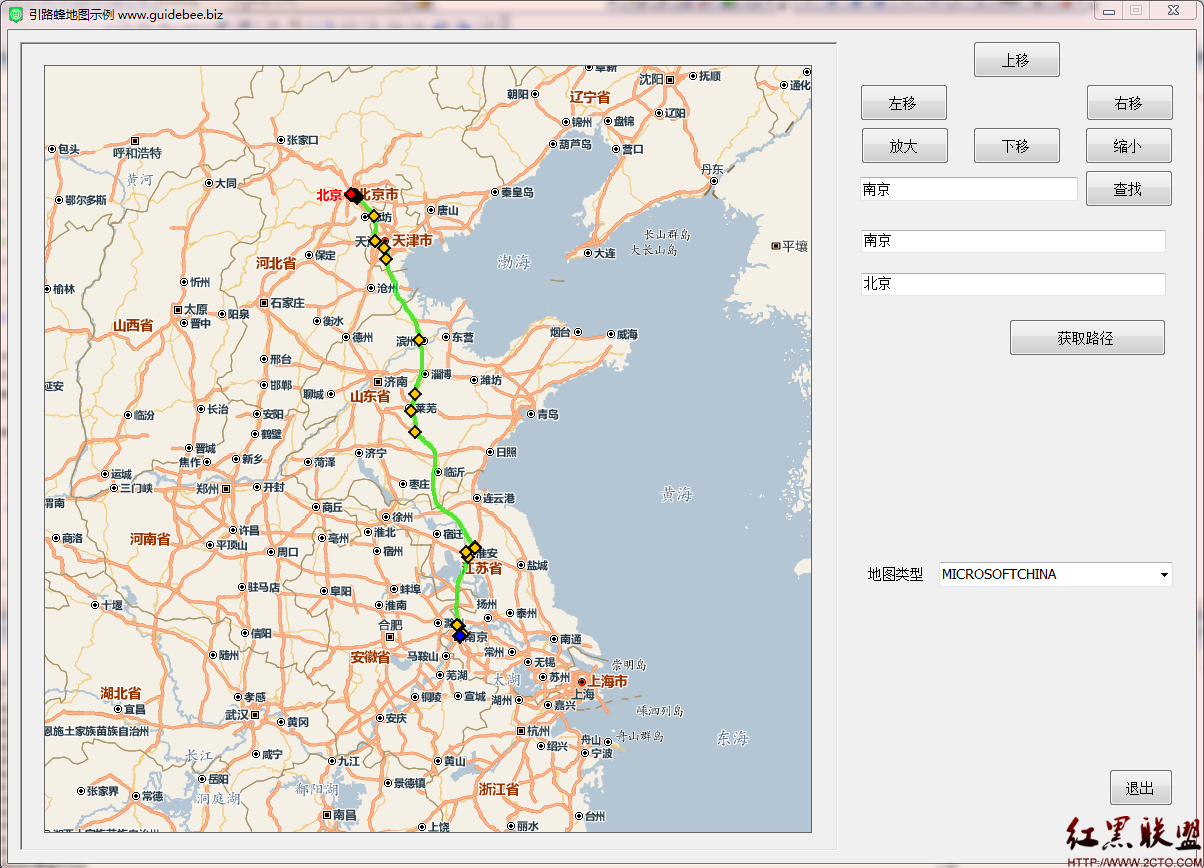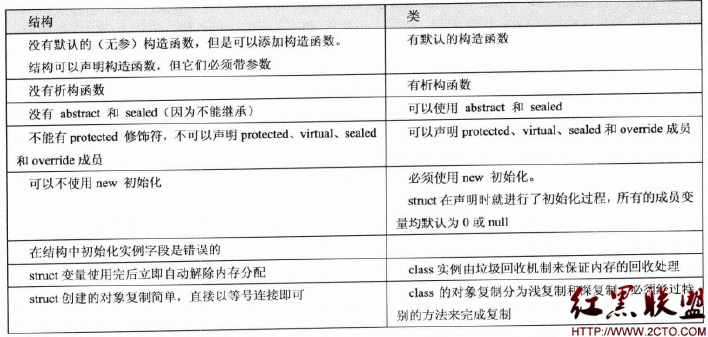当前位置:编程学习 > asp >>
答案:这个例子使用文本文件来写入用户的信息创建一个logfile.asp放在每一个asp的页面的顶端<!--#Include File="LogFile.asp"-->当有人来访问你的站点logfile.asp自动把他的信息写入LogFile.txt,如果相关的URl一样的话则不写入文件
File: LogFile.asp复制代码 代码如下:
<%
Dim ValidEntry ' Log variable
' First set that this log is valid
ValidEntry = True
' If Session Variable "LogIn" is not empty
' that mean this person has already been logged
' then set ValidLog to False
If not IsEmpty(Session("LogIn")) then ValidEntry = False
' Here you can add different restriction
' If the refering url is from same site
' don't write to log file
If Left(Request.ServerVariables("HTTP_REFERER"), 17)
="http://zhaoxi.net" Then
ValidEntry = False
End if
If Left(Request.ServerVariables("HTTP_REFERER"), 21)
="http://www.zhaoxi.net" Then
ValidEntry = False
End If
' Now if ValidEntry is True then enter to log file
If ValidEntry Then
Const ForAppending = 8
Const Create = true
Dim FSO
DIM TS
DIM MyFileName
Dim strLog
MyFileName = Server.MapPath("MyLogFile.txt")
Set FSO = Server.CreateObject("Scripting.FileSystemObject")
Set TS = FSO.OpenTextFile(MyFileName, ForAppending, Create)
' Store all required values in strLog
strLog = "<br><P><B>" & now & "</B> "
strLog = strLog & Request.ServerVariables("REMOTE_ADDR") & " "
strLog = strLog & Request.ServerVariables("HTTP_REFERER") & " "
strLog = strLog & Request.ServerVariables("HTTP_USER_AGENT") & "<BR>"
' Write current information to Log Text File.
TS.write strLog
TS.Writeline ""
' Create a session varialbe to check next time for ValidEntry
Session("LogIn") = "yes"
Set TS = Nothing
Set FSO = Nothing
End If
%>
上一个:asp中的rs.open与conn.execute的区别说明
下一个:asp伪静态情况下实现的utf-8文件缓存实现代码
- 更多asp疑问解答:
- asp正则过滤重复字符串的代码
- 用asp过滤全部html但保留br类似的符号
- 会asp,但感觉asp要过点,想学php。但我一般做的都是小公司的站,用access数
- PHP的空间可以用ASP的源代码吗?
- 以前做asp程序,现在应该怎样发展?是学.net还是php
- 以前做asp程序,现在应该怎样发展?是学.net还是php
- 想做一个市级的人才网acess,sql数据库,语言asp,jsp,php分别用哪种好
- jsp,asp,php 区别
- 我想找一个有比较多漏洞的网站的源码,比如可以asp,php注入等都可以。供学习研究用。请提供下载地址。。
- 现在候找人做个网站,用ASP,还是PHP语言去做好
- asp,php ,jsp,.net 对于做网站前台的重要吗?
- asp和php的区别是什么?
- 我是新手SEO菜鸟 请问wp dw php asp cms myspl dede 这些软件应该如何区分呀?
- 网页制作相关的三种语言:ASP JSP PHP那个好点,简单点?
- 网页制作相关的三种语言:ASP JSP PHP那个好点,简单点?





